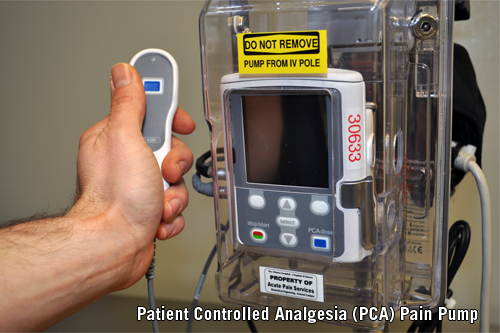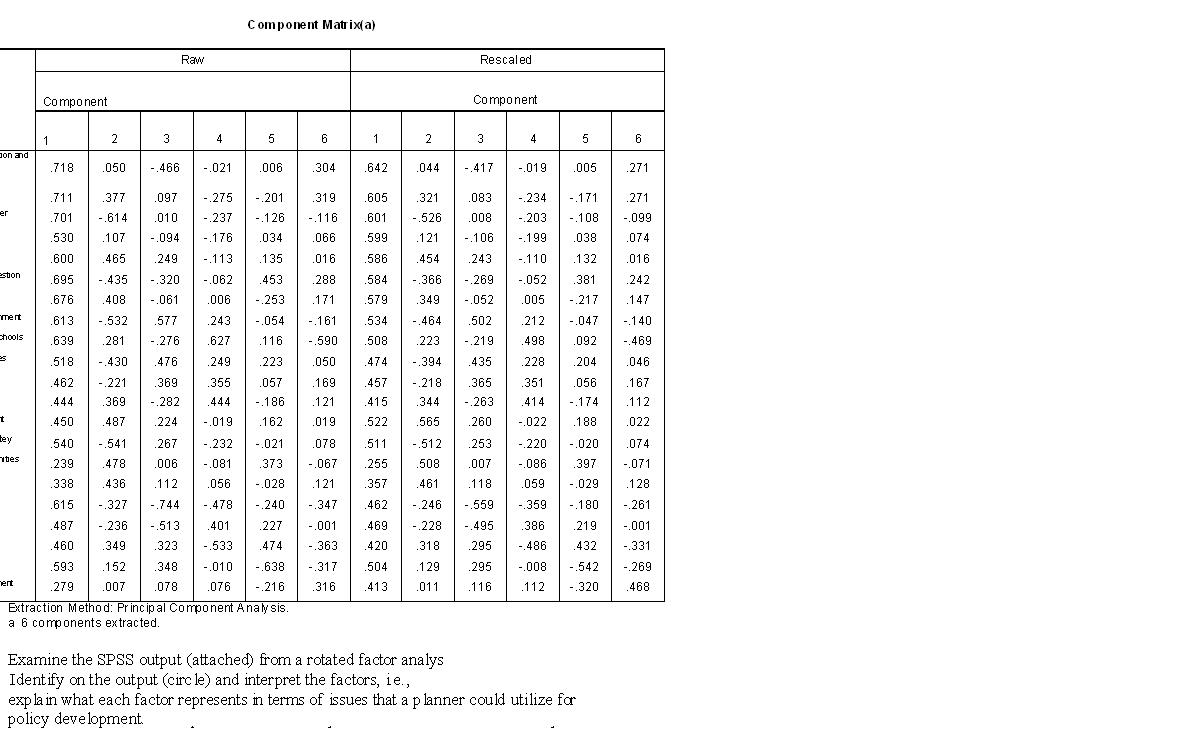

Syazana-Itqan K., Syafeeza A.R., Saad N.M., Hamid N.A., Bin Mohd Saad W.H., A Review of finger-vein biometrics identification approaches, Indian J.Mohsin A.H., et al., Finger vein biometrics: taxonomy analysis, open challenges, future directions, and recommended solution for decentralised network architectures, IEEE Access 8 ( May) ( 2020) 9821– 9845.Rani B.M.S., Rani A.J., A survey on classification techniques in biometric retinal system, in: Proceedings of the IEEE International Conference on Innovations in Green Energy and Healthcare Technologies (IGEHT), 2017, pp.Nguyen K., Fookes C., Jillela R., Sridharan S., Ross A., Long range iris recognition: a survey, Pattern Recognit.Mahmood Z., Muhammad N., Bibi N., Ali T., A review on state-of-the-art face recognition approaches, Fractals 25 ( 2) ( 2017) 1– 19.Yang W., Wang S., Hu J., Zheng G., Valli C., Security and accuracy of fingerprint-based biometrics: a review, Symmetry 11 ( 2) ( 2019) (Basel).Wu W., Elliott S.J., Lin S., Sun S., Tang Y., Review of palm vein recognition, IET Biom.Jain Anil L., East B., Ruud S., Pankanti, Yorktown H., Introduction to biometrics, Biometrics Personal Identification in Networked Society, Springer, US, 2002, p.Shaheed K., Liu H., Yang G., Qureshi I., Gou J., Yin Y., A systematic review of finger vein recognition techniques, Inf.This work would be helpful to the developers, company users, researchers, and readers to get insight into the importance of such technology and the recent problem faced by finger vein authentication technology with respect to deep learning and multimodal systems. Finally, open challenges, opportunities, and suggested solutions related to deep learning, PAD, and Multimodal based finger vein recognition systems have been discussed in the discussion section. Performance analysis and selected the best promising research work from the mentioned studies are also presented. The authors have studied the problem of the recent algorithm and their solution related to finger vein biometric system from the recent literature.

Multimodal-based finger vein biometric system is sub-categorized into feature level fusion, matching level fusion, and hybrid fusion methods. Presentation attack detection methods are sub-divided into software-based and hardware-based approaches. Deep learning-based finger vein recognition techniques are further sub-divided into pre-processing (Quality assessment and enhancement) based, feature extraction based, and feature extraction and recognition based schemes. The final set of articles is divided into three main categories: Deep Learning (DL) based finger vein recognition, Presentation Attack Detection (PAD), and Multimodal-based finger vein authentication system. This article focuses on manuscripts related to keywords ‘Finger Vein Authentication System’, ‘Anti-spoofing or Presentation Attack Detection’, ‘Multimodal Biometric Finger Vein Authentication’ and their variations in four main digital research libraries such as IEEE Xplore, Springer, ACM, and Science Direct. This article presents a review to focus on the recent research landscape in biometric finger vein recognition systems. To investigate the efficacy and robustness of the proposed method, experimental studies have been carried out for inner debond defects on both regular and irregular shaped carbon fiber reinforced polymer (CFRP) specimens.Finger vein recognition biometric trait is a significant biometric modality that is considered more secure, reliable, and emerging. In addition, investigation of different feature extraction methods in which embedded in deep learning is conducted to optimize the learning structure. The results show that visual geometry group-Unet (VGG-Unet) cross learning structure can significantly improve the contrast between the defective and non-defective regions. The probability of detection (POD) has been derived to measure the detection results and this is coupled with comparison studies to verify the efficacy of the proposed method. The integration of cross network learning strategy has the capability to significantly minimize the uneven illumination and enhance the detection rate. In this paper, a hybrid of spatial and temporal deep learning architecture for automatic thermography defects detection is proposed. It is difficult to detect the inner defects on a complex shaped specimen by using conventional optical thermography nondestructive testing (NDT) methods. Most common types of defects for composite are debond and delamination.


 0 kommentar(er)
0 kommentar(er)
